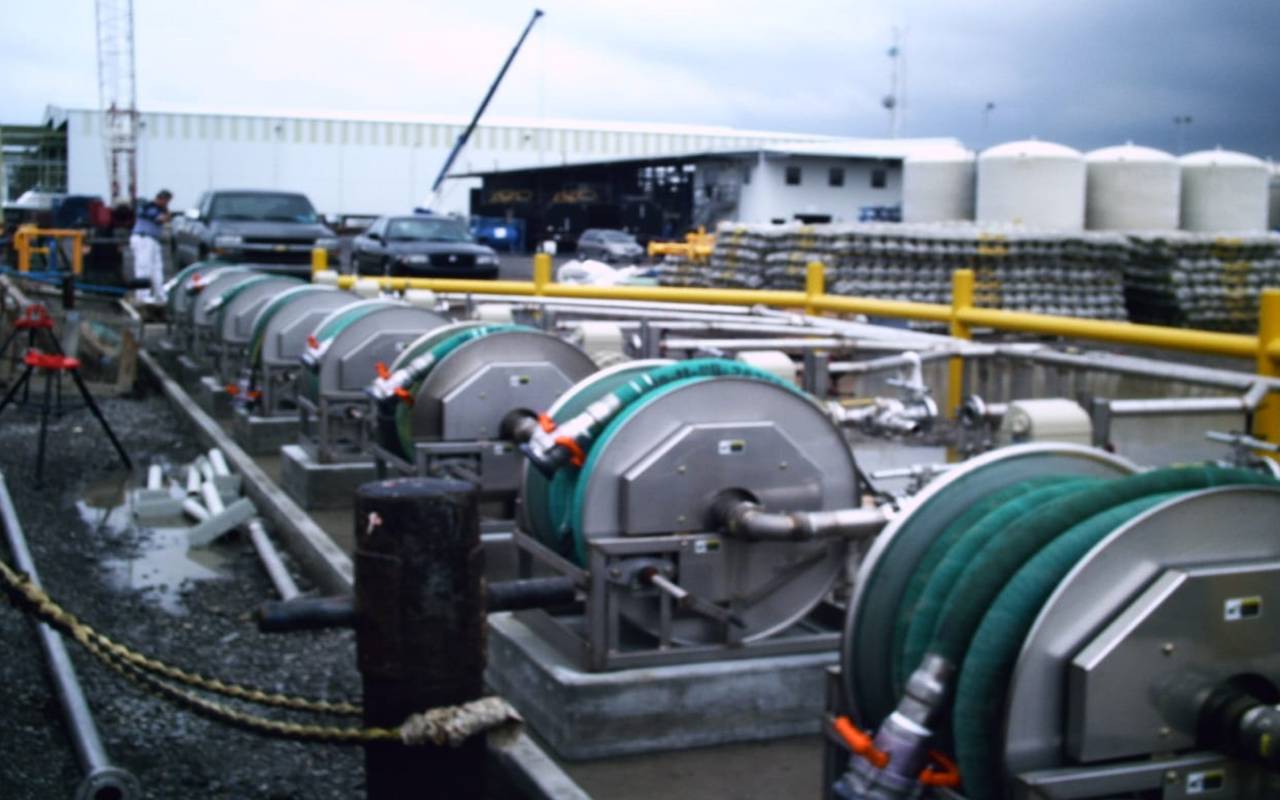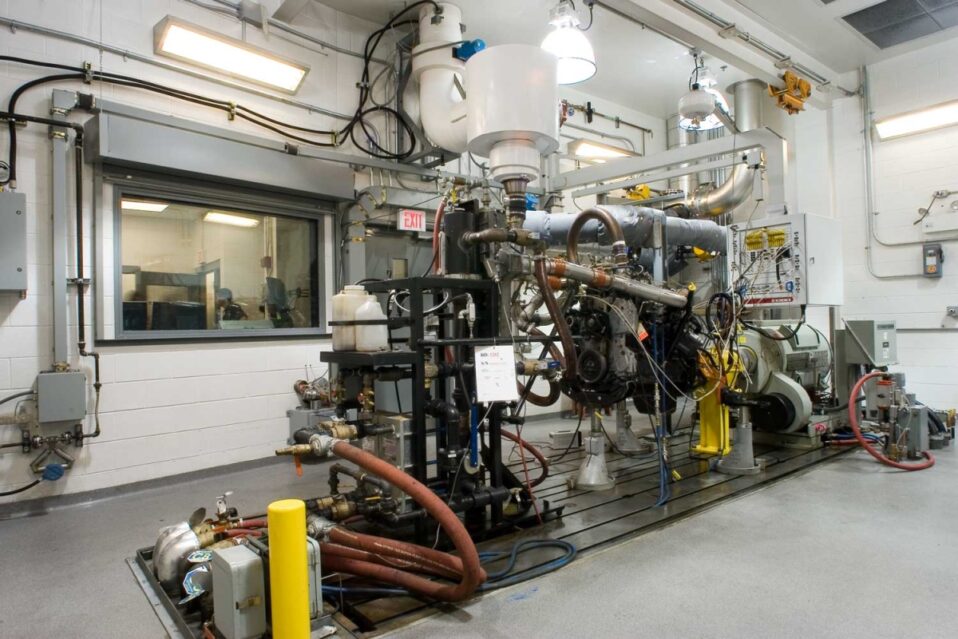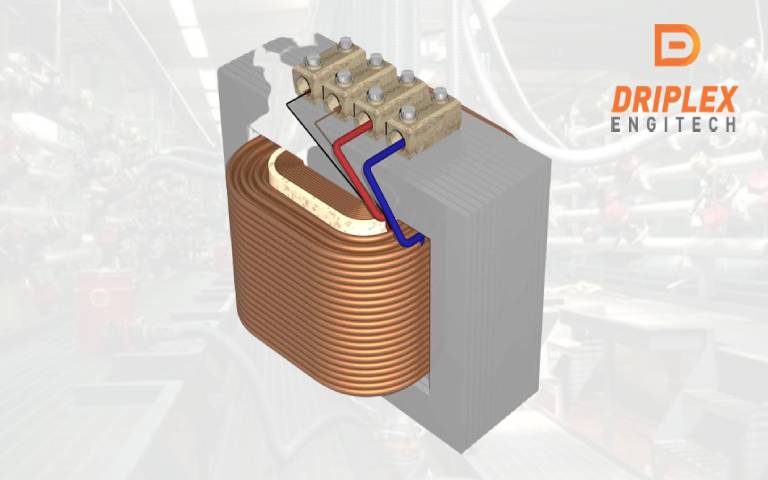Marine breakaway couplings are an essential component of offshore oil and gas transfer systems. These couplings provide a crucial safety measure to prevent accidents and environmental disasters in the event of an unexpected vessel or hose movement during the transfer of fluids, such as crude oil or liquefied natural gas (LNG), between an offshore facility and a vessel.
A marine breakaway coupling is a device that connects two hoses and allows for the safe disconnection of the hoses in the event of a sudden movement or break. In essence, the coupling serves as a “fuse” in the transfer system, breaking away and sealing both ends of the hoses to prevent any fluid from escaping in the event of an emergency.
The importance of marine breakaway couplings is evident in the Gulf of Mexico oil spill in 2010. The Deepwater Horizon disaster resulted in the release of over 4 million barrels of crude oil into the Gulf, causing extensive damage to the environment and local communities. A contributing factor to the disaster was the failure of the emergency breakaway couplings, which were not designed to handle the high pressures and flow rates associated with deep-sea drilling operations.
Since then, there has been a heightened emphasis on the importance of marine breakaway couplings in the offshore industry. Regulations and guidelines have been put in place by industry organizations such as the American Petroleum Institute (API) and the International Marine Contractors Association (IMCA) to ensure that breakaway couplings are properly designed, tested, and maintained to prevent any future incidents.
In addition to preventing environmental disasters, marine breakaway couplings also improve operational efficiency and reduce downtime. In the past, a broken hose or coupling would require the shutdown of the entire system, resulting in costly delays and potential safety hazards. With the use of marine breakaway couplings, only the affected hose and coupling need to be repaired or replaced, allowing operations to continue with minimal disruption.
In conclusion, marine breakaway couplings play a vital role in ensuring the safety and efficiency of offshore oil and gas transfer systems. Proper design, testing, and maintenance of these couplings are critical to preventing environmental disasters and operational downtime. The use of marine breakaway couplings should be a standard practice in the offshore industry to ensure the protection of the environment and the safety of workers.




